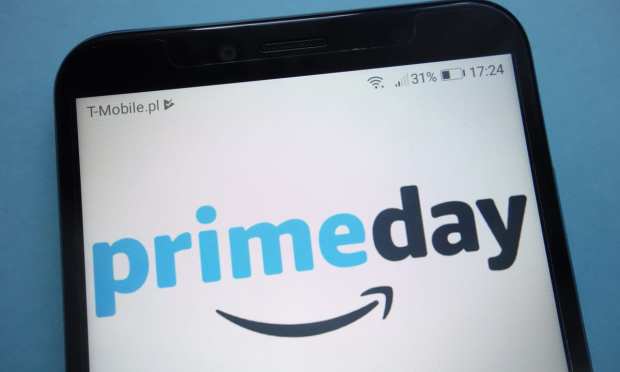Walmart, Target Announce Sales Events To Match Amazon’s Prime Day

As if on cue, Walmart, Target and other retailers are moving to dilute Amazon’s just-announced annual Prime Day event on June 21 and 22 by revealing their own plans to hold competing sales later this month.
In unveiling its “Deals For Days” counter-measure taking place June 20 to 23, Walmart is not only jumping ahead of its online rival by a day, but is also extending afterwards by an extra day in a move that is reflective of its growing confidence and commitment to compete digitally.
“Customers will find Black Friday-like savings on top items from Walmart and its Marketplace sellers in electronics, home, toys, beauty, fashion and more,” the company announcement said, before touting its omnichannel play that will also include online-only and in-store only savings, and rollbacks.
For its part, Target’s online-only Deal Days will also jump ahead of Amazon by a day and offer what the Minnesota based retailer touts as “3 days of spellbinding savings with no membership fees” and aimed at multiple merchandise categories, including home furnishings, apparel, health and beauty and food.
“New this year, Target Deal Days will span three full days. That’s an extra 24 hours of even more savings across Target’s entire assortment — including food and beverage for the first time,” the company said, noting the availability of same-day pickup service and additional 5 percent discounts for digital gift cards.
The Growing Herd
When the original Prime Day was held six years ago, it was designed to celebrate the company’s 20th birthday on July 15, 2015 and came at a time when Amazon faced much less competition and consumers were not nearly as digitally acclimated as they are today.
Although the Seattle-based retailing giant promises to continue to innovate and grow Prime Day, it is clearly getting harder to move the needle and offer something unique or exclusive that can’t be price-matched elsewhere.
As a result, these sales events will increasingly compete on service and delivery with the winners being the ones that are best able to manage the logistical components of the sales which include such nuanced skills as identifying and pre-stocking inventory as well as managing final-mile delivery details as fast as possible.
While Walmart and Target have over 8,000 domestic stores between them that are within 10 miles of 90 percent of all U.S. consumers, Amazon is pushing hard to compress its home delivery time table. For example, in 2020 Amazon said its 29-minute delivery of a car air freshener system to a customer’s home was a new record — a benchmark it will surely aim to beat this year.
Consumers Win
The increased competition among the retail giants as well as the unprecedented ease of which consumers can now do their own price comparison and discovery has been a boon to savvy shoppers who love to hunt down a deal and have the time and energy to do so.
While the gradually reopening economy has been driven by a surge in consumption by consumers eager to dress up, get out and spend again, it has also been somewhat tempered by increasing supply chain pressures that are causing rolling product shortages as well as a spate of price increases.
Even so, cost-minded and convenience-oriented consumers are clearly benefiting from the competition and it remains to be seen what sort of a lift retailers will experience from their semi-annual sales events at a time when shoppers expect to see deals and discounts every day.
